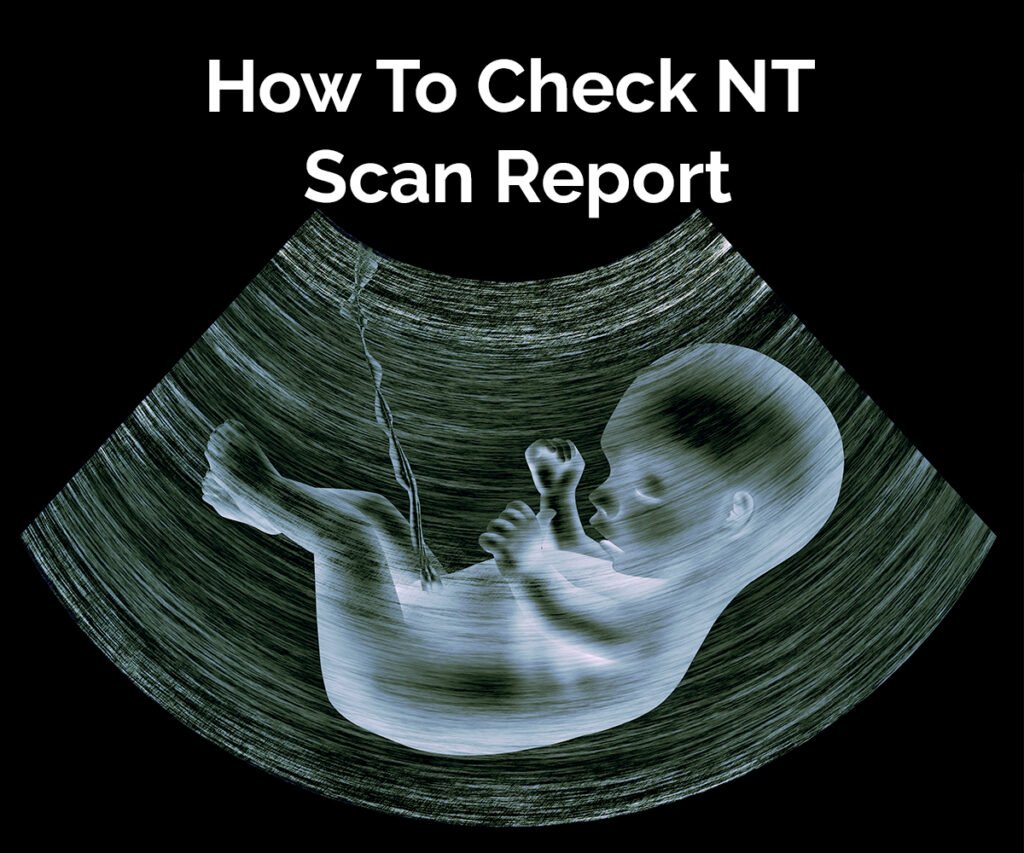NT SCAN- Newspaper article
NT SCAN
What does nuchal translucency test for?
A nuchal translucency scan looks at the space at the back of your baby’s neck called the nuchal fold. All babies have fluid behind their necks. More fluid in this area could indicate your baby has a condition like Down syndrome (trisomy 21), Patau syndrome (trisomy 13) or Edwards syndrome (trisomy 18).
A higher NT measurement may also indicate an increased risk for congenital heart conditions. The results of the NT scan can determine if your baby is likely or unlikely to have these conditions. At the time of nuchal translucency, the ultrasound also screens for some basic anatomical structures of your unborn baby.Other anomalies identified at the time of NT may increase the risk for genetic or structural conditions.

When is a nuchal translucency scan done?
Should I have screening for Downs syndrome and other conditions?
What is the difference between screening and diagnostic testing?
When should I have a screening?
Ideally you should have screening during the first three months of your pregnancy. If you do plan to have a screening and are under 14 weeks pregnant you will be offered first trimester combined screening.
First trimester combined screening includes both an ultrasound scan and a blood test. The ultrasound scan called a nuchal translucency scan is best done at 12 weeks of pregnancy but can be done any time between 11 weeks and 2 days and 13 weeks and 6 days of pregnancy.
The blood test (double marker) follows the ultrasound and is best done before 13.6weeks above 14weeks quadruple marker test is suggested.
How does screening work?
What types of screening include a blood test which measures the level of certain hormones and proteins in your blood. The level of these tend to be either higher or lower when you are carrying a baby with Down’s syndrome or some other conditions.
In the case of first trimester combined screening, and ultrasound scan is also carried out. It is called as a nuchal translucency scan and measures the thickness of the nuchal fold which is the fluid filled space at the base of the baby’s neck. The nuchal fold tends to be thicker in babies with down syndrome and some other conditions.
Who will give me my results?
What do my results mean?
Your results sheet will say either increased risk or low-risk.
- Low-risk – this result means that you have a low chance of having a baby with one of the conditions being screened for.
- Increased risk – this result means that there is an increased chance that you are carrying a baby with down syndrome or another condition. It is really important to remember that screening only measures the chances of your baby having a condition. Most women with increased risk group will find out that their babies do not have a condition either when they have a diagnostic testing or when their baby is born.
How accurate is the nuchal translucency test?
- Your choice : If your results show an increase chance discuss what your choice is might be with your doctor. They will be able to give you some information and further discuss your options for diagnostic testing. Only you can decide if diagnostic testing is the right choice for you. Some women choose to stop at this point regardless of any increased risk result while others want to have a diagnostic testing so that they can find out for sure whether they baby has the condition being screened for.
- Diagnostic genetic testing: Diagnostic testing can be genetic testing. This will be either chorionic Villous sampling or amniocentesis. In most cases amniocentesis is the genetic diagnostic test offered. During this case, samples are taken either from the fluid around the baby or developing placenta. The samples are sent to the laboratory with the baby’s cells are found, grown and examined so as to see if they have the expected chromosome numbers and shapes. Only this type of testing can confirm whether or not your baby has one of the genetic condition able to be seen, before he or she is born.
